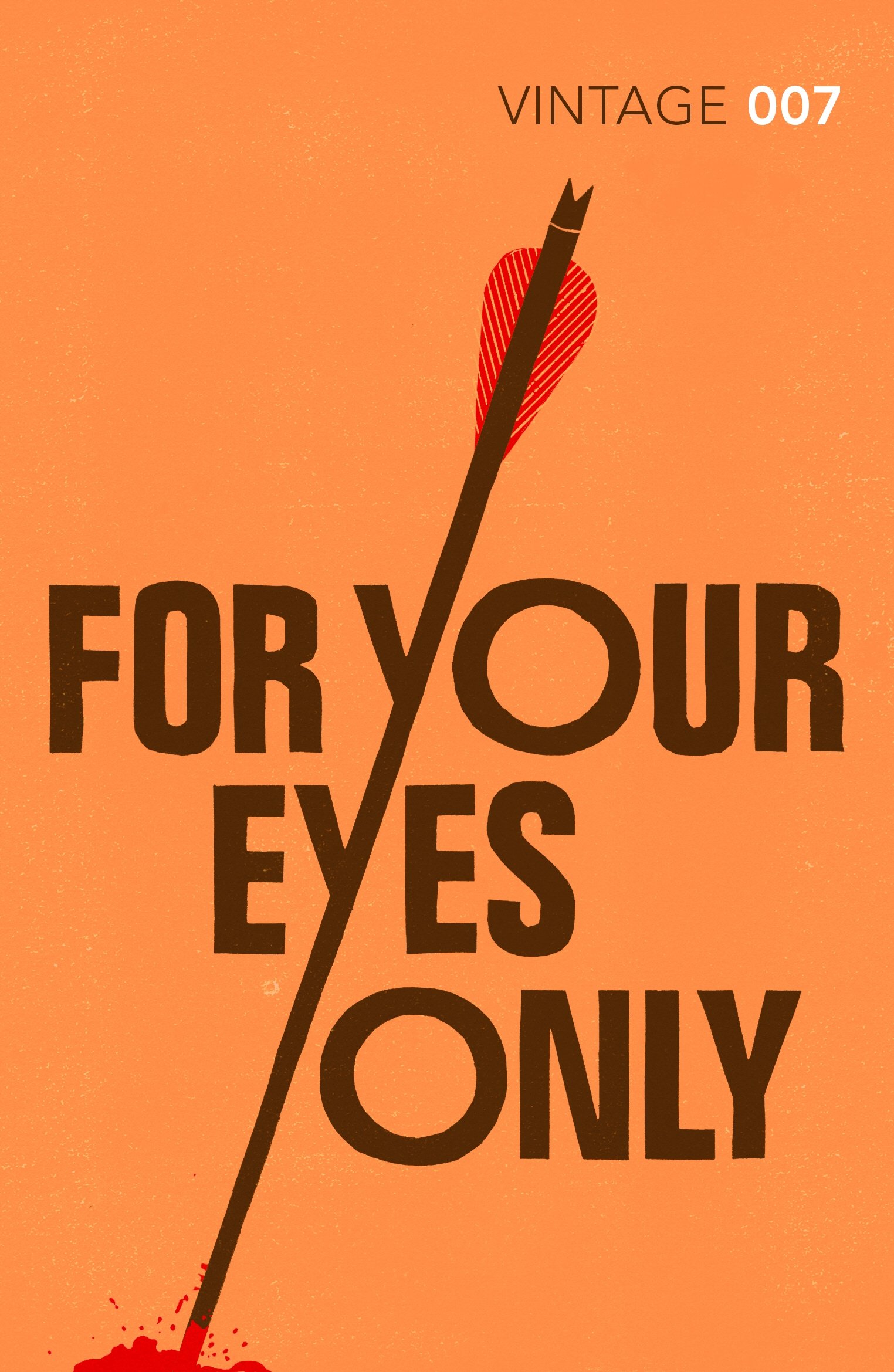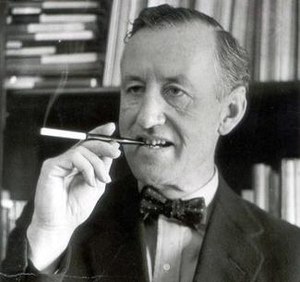
‘Forever Bond‘ © ShellyS, 2009
“IN HIM A BESTIAL CRUELTY”:
THEMATIC CONTINUITY IN IAN FLEMING’S SHORT STORIES
by CHRIS MACHELL
Of the twenty-four official James Bond films, seventeen are adapted from Ian Fleming’s original novels and short stories. Many of these are loose adaptations at best, often drawing on material from multiple texts, and as the films were not produced in the sequence of the books’ publication, continuity between stories was usually either abandoned altogether or significantly rejigged. This method of adaptation resulted in the films often bearing little resemblance to their source texts.
The opening sequence of For Your Eyes Only from 1981 sees Bond laying a wreath at the grave of his late wife, Tracy, who was killed in the 1969 film On Her Majesty’s Secret Service. This scene does not exist in Fleming’s story, because the texts were published in the reverse order to which their film counterparts were produced. In the 1981 film’s opening sequence, Bond exacts revenge on his wife’s killer, foreshadowing the vengeance theme of the otherwise unrelated main narrative.
 The short story ‘Quantum of Solace’ was published in the same volume as ‘For Your Eyes Only’, and has Bond listening to an anecdote about the failed marriage of a spoilt, rich socialite and his philandering wife. The story is unusual in relegating Bond to a passive listener – indeed, it is not a Bond adventure in the traditional sense, functioning more as a sort of morality fable. The title was used in the 2008 sequel to Casino Royale and is an adaptation of the story in name only. Nevertheless, the film Quantum of Solace retains the short story’s thematic concerns with grief, trauma, and closure.
The short story ‘Quantum of Solace’ was published in the same volume as ‘For Your Eyes Only’, and has Bond listening to an anecdote about the failed marriage of a spoilt, rich socialite and his philandering wife. The story is unusual in relegating Bond to a passive listener – indeed, it is not a Bond adventure in the traditional sense, functioning more as a sort of morality fable. The title was used in the 2008 sequel to Casino Royale and is an adaptation of the story in name only. Nevertheless, the film Quantum of Solace retains the short story’s thematic concerns with grief, trauma, and closure.
Quantum of Solace and For Your Eyes Only are two of the only Bond films to be directly informed by the events of earlier instalments. To complicate things further, For Your Eyes Only takes its second and third acts from another short story, also in the same volume, ‘Risico’. Furthermore, the scene in which Bond and Melina Havelock (called Judy in the short story) are raked over coral is pilfered from the novel Live and Let Die, which itself was adapted in 1973, minus the novel’s original climax. The staggering racism of the novel is, however, left largely intact.
Fleming’s use of the short story form in ‘For Your Eyes Only’ marks it out as a short, efficient counterpoint to the sprawling narratives of his novels. In the story, a rich elderly couple in Jamaica, the Havelocks, are killed by gangsters. MI6 Head ‘M’ is an old associate of the Havelocks, and so sends Bond to assassinate the gangsters.
Unusually, Bond’s love interest in this story, the Havelocks’ vengeful daughter, is almost as capable as Bond himself, tracking her parents’ killers to their hideout and killing one of them with her impressive archery skills. Although Fleming still finds room for some pretty gross sexism to cap off the story, Judy’s quest for personal vengeance is nevertheless considerably more nuanced than most of the women characters in the Bond series.
The film effectively wraps up its vengeance narrative by the end of its first act, substituting the tense lake-house sniping sequence of the short story with a frantic scuffle at Gonzales’ Cuban mansion. The rest of the film plays out in the normal Bond manner: an impenetrable narrative laden with exotic locales, double crossings, and ridiculous hyper-macho action.
The 2008 film adaptation of ‘Quantum of Solace’ updates Bond (a trend that started with the preceding film, Casino Royale), with a grittier tone and more realistic storytelling than earlier incarnations. Yet the film retains a lot of the thematic and aesthetic tropes of previous instalments – fast cars, disposable women, and a relentlessly colonialist perspective.
As a narrative, Quantum of Solace has almost nothing to do with its source story, but both versions do have a thematic link in the way they interpret their shared title. The quantum of solace referred to in the short story refers to the final speck of dignity that is denied the cuckolded husband of the anecdote, whereas the quantum in the film is more nebulous. It refers literally to the shady organisation, Quantum, but also symbolically to the closure Bond finds after he tracks down the man responsible for the death of his lover, Vesper, in the previous film.
Cru cially, the quantum of solace denied to the husband in the short story drives him to exact petty revenge on his wife, banishing her from their home and cruelly tricking her into making herself destitute. In the film, Bond has his man in his sights, but he lets him go, having already achieved a kind of closure by proxy during the events of the main film.
cially, the quantum of solace denied to the husband in the short story drives him to exact petty revenge on his wife, banishing her from their home and cruelly tricking her into making herself destitute. In the film, Bond has his man in his sights, but he lets him go, having already achieved a kind of closure by proxy during the events of the main film.
That Quantum of Solace is pitched as a sequel to Casino Royale is significant – in that novel, the consequences of Vesper’s death never extended beyond the boundaries of the text. In contrast, Vesper’s death explicitly shapes Bond’s characterisation and actions in the 2008 film, even though its own source text is ostensibly unconnected to Casino Royale. Yet in tying the events of Casino Royale and Quantum of Solace together, the underlying themes from the original ‘Quantum of Solace’ – of revenge as catharsis – and our understanding of Bond as a passive character in someone else’s story, can be re-evaluated.
Viewed through the lens of thematic continuity, both versions of ‘Quantum of Solace’ can be seen as natural counterparts to ‘For Your Eyes Only’. Indeed, this perspective offers not only a new reading of the series as a whole, but also an insight into the ways that adaptations shape and reshape our understandings of the original source texts.
The mess of semi-continuity, pseudo-adaptation and periodic franchise rebooting has created an unlikely space for unexpected motifs to emerge beyond the well-known narrative and aesthetic tropes of the series. Indeed, Quantum of Solace is especially interesting as a film that entirely discards its source’s narrative yet succeeds as a thematic, rather than narrative, adaptation. Each of these stories explicitly uses revenge as a device to drive the narrative and to provide dramatic catharsis. But it also helps us to understand these sprawling, ostensibly distinct stories as a coherent, series of adaptations in unlikely dialogue with each other.


One thought on “In Him a Bestial Cruelty”
Comments are closed.